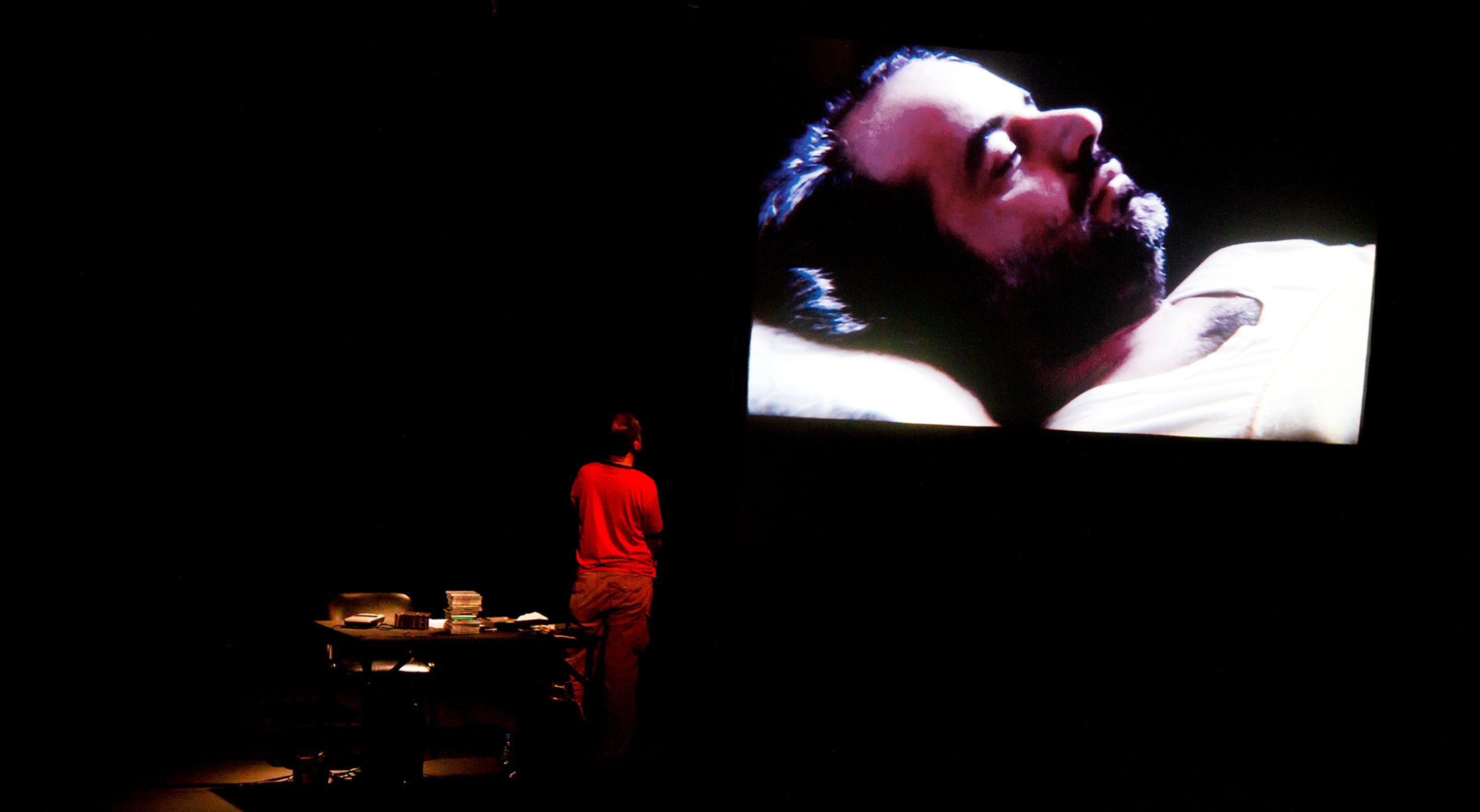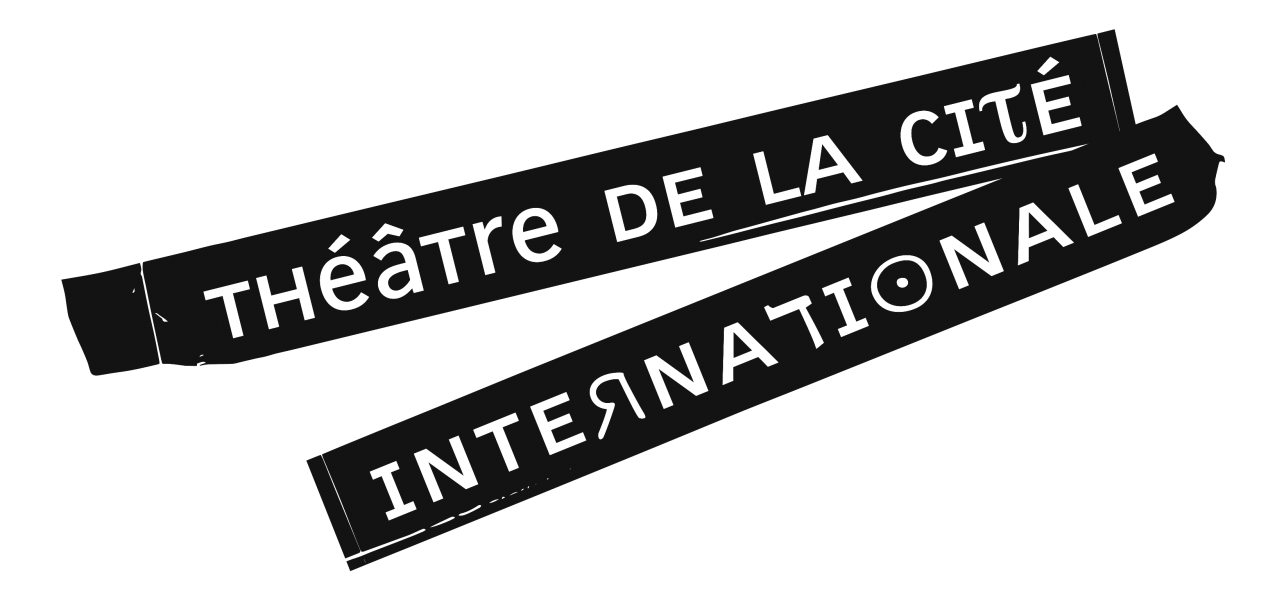Rabih Mroué
Riding on a cloud
octoberoct 6 – 11
novembernov 21
Text and directed by, Rabih Mroué
Assistant directors, Sarmad Louis, Petra Serhal
With Yasser Mroué
Translation, Ziad Nawfal
French translation, Pascale Fougère
Running time : 1h05
Performed in arabic with French subtitles
With support from The Fonds Podiumkunsten, Prins Claus Fonds, and Hivos & Stichting DOEN (Holland) // Special thanks to Frie Leysen, Lina Saneh, famille Mroué (Souad, Ahmad, Ammar, Ziad, Maha, Mazen, Nabil and Fatima Bazzi), Ahlam Awada, Samar Maakaroun, Janine Broud, Karma and Nadi Louis // Thanks to Hito Steyerl, Manal Khader, Eric Baudelaire, Paul Khodr, Lamia Joreige, Joanna Hadjithomas and Khalil Joreige, Fariba Derakhshani, Mohamad Hojeiry, Matthias Lilienthal, Ali Zuraik, the Louis family, Hagop Derghougassian, Ziad Mroué, Christine Tohmé and Ashkal Alwan
French presentation thanks to the Belluard Bollwerk International Festival.
The piece was first presented on 5th March 2013 at the Rotterdamse Schouwburg.
Born in Beirut, Rabih Mroué is the author of a body of work at the crossroads of theatre, performance and visual arts. Directly related to economic and social reality in Lebanon, he seeks to explore the issues and contradictions that rack society.
The relationships between images, expression and representation are at the heart of Riding on a cloud, a performance piece which closely examines the passing on from one photograph to the next, in order to create a story which is as personal as it is collective. Rabih Mroué: Trilogy goes back to three of the artist’s “non-academic conferences”, and is situated somewhere between a lecture, performance and conversation with the audience. Rabih Mroué selects certain images there and shifts them around in order to go deeper into the social and symbolic implications, fissures and off-screen elements. This is the case whether it might the filmed declarations of a suicide candidate in 1985 (On Three Posters), photo-collages made for political ends (The Inhabitants of Images) or video footage of the first instants of the revolution in Syria (Pixelated Revolution). These works, in which the document is mixed with fiction, probe into Middle East modern history and its tormented present, providing us with a very necessary form of distance. In other words, a space where we can reflect upon media-coverage of the conflicts and our globalized, visual culture.
In the same place

